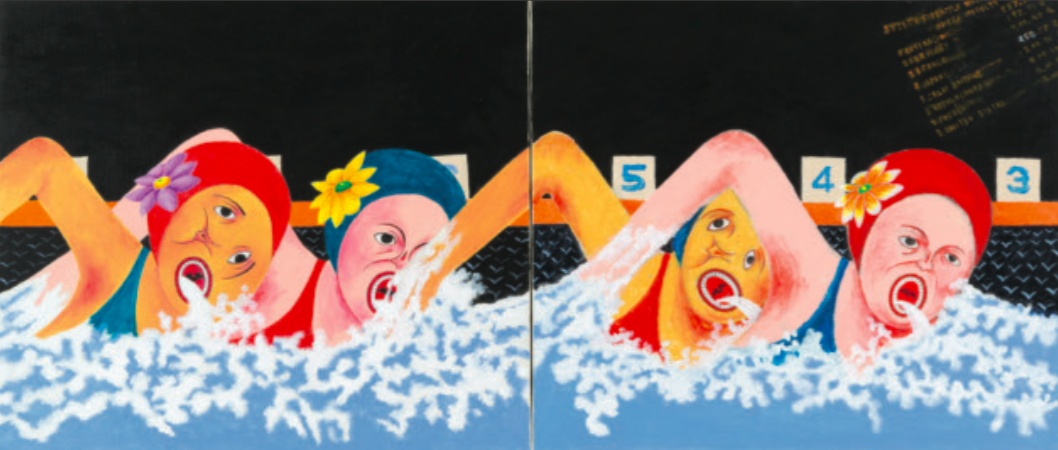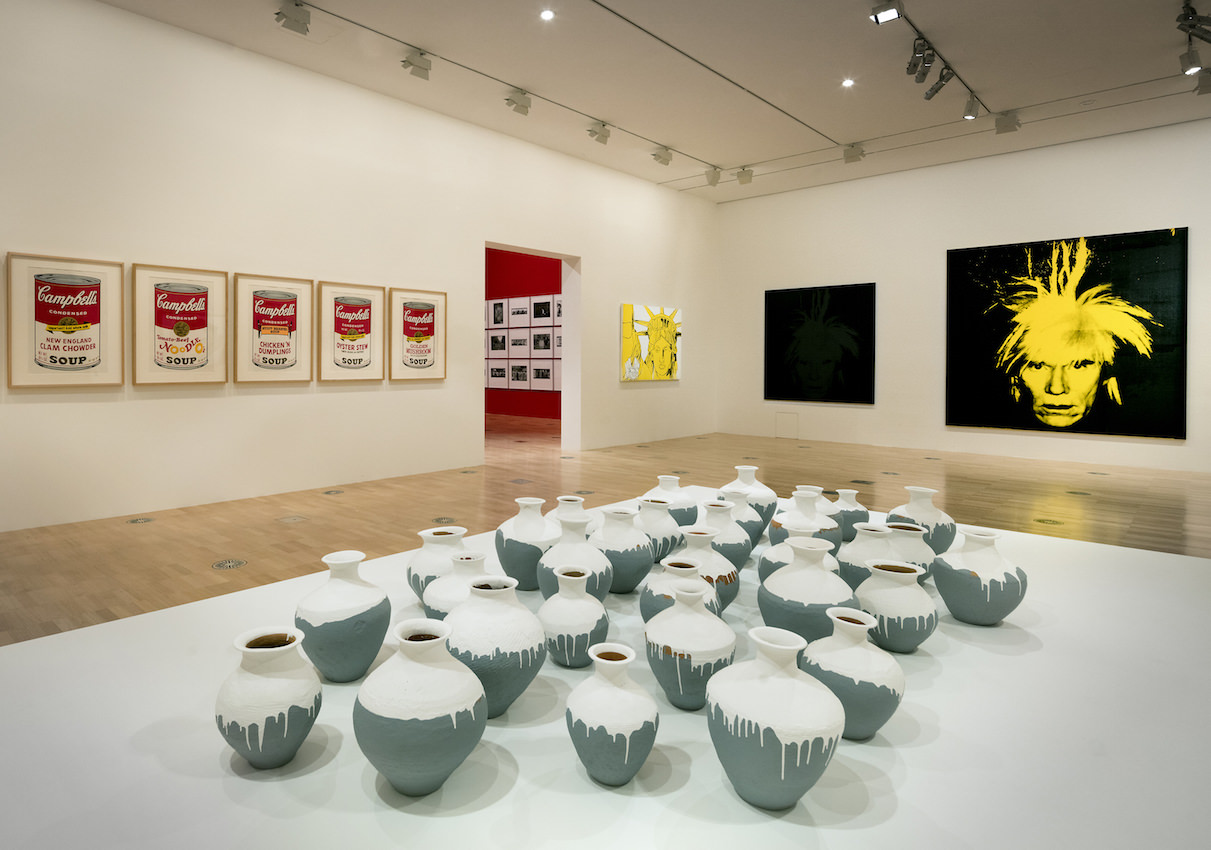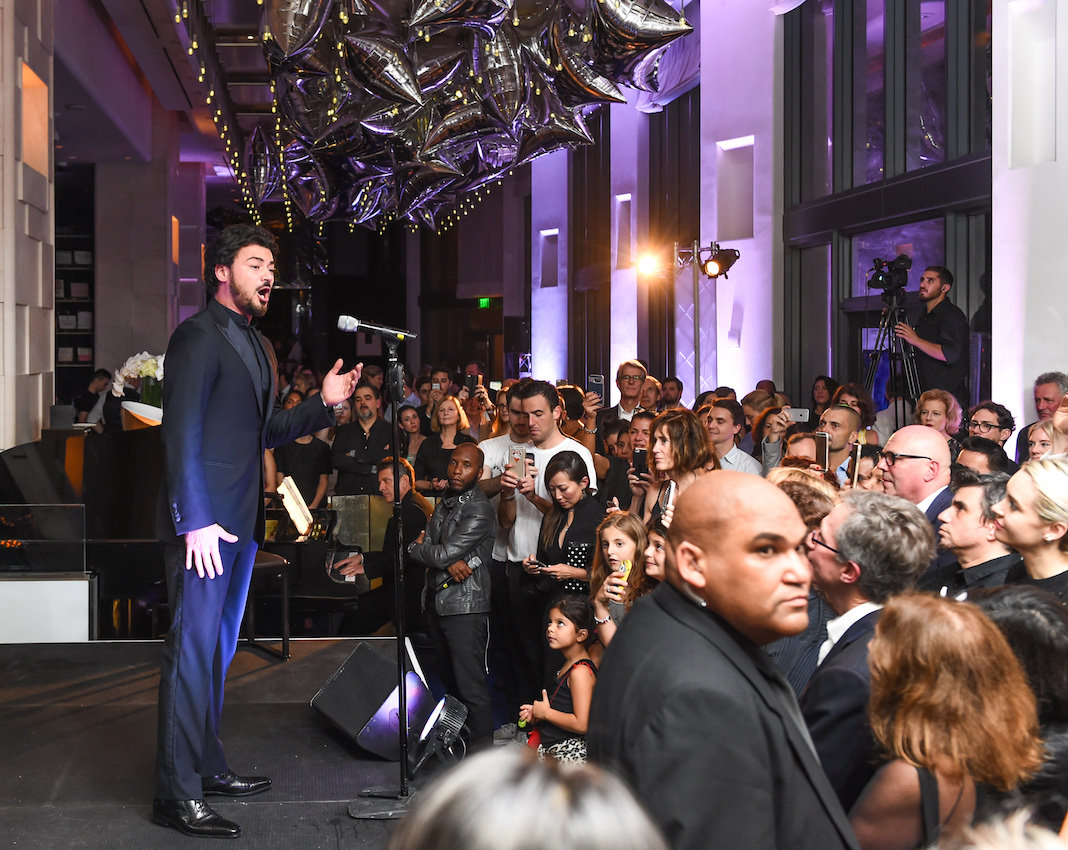Eric Shiner, Director of the Andy Warhol Museum, was tapped by the Armory Show – on view March 7 – 10, 2013 – to curate this year’s Focus Section, which emphasizes America’s contributions to contemporary art. Whitewall caught up with the Japanese speaking world traveler to discuss his approach for the Focus Section, his hopes for the museum, and the hotly contested “Regarding Warhol” exhibition at The Metropolitan Museum of Art.
WHITEWALL: When did you first have an interest in art?
ERIC SHINER: I first became interested in art as a child. My grandparents and parents collected antiques, so I was constantly being carted off to auctions, flea markets, and yard sales from a very early age. I greatly enjoyed these outings, and I think it helped me to develop my eye in an attempt to find something interesting amongst all of the wares for sale.
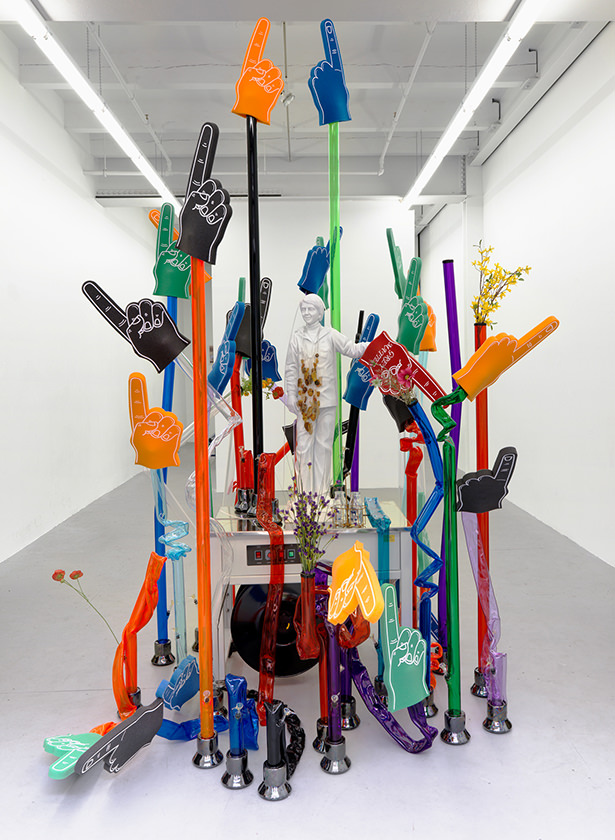
Étreinte
WW: Your early career was spent in Japan, what brought you back to the US?
ES: After my time as an Assistant Curator at the Yokohama Triennale in 2001, I had a major decision to make: stay in Japan and work as an assistant curator at a major museum in Tokyo, or come back to the States to begin my PhD at Yale. After five years of living in Japan, I was ready for a change, so I made the decision to return and start school. That’s what brought me back.
WW: You have curated the Focus Section of the Armory this year. How did this come about?
ES: The Armory team contacted me about six months ago to gauge my interest in curating the Focus section, and after thinking about it for a few weeks, I decided that it would be a very interesting undertaking in that it would allow me to create a story of what America is today within a commercial setting. I realized that this sort of opportunity very rarely arises, so I decided to accept their offer and build the show that will be revealed next week.

Courtesy of Patricia Low Contemporary
WW: This year’s theme is “America.” How did you approach such a broad subject matter? Is it organized thematically?
ES: There is no way to present a complete picture of what American contemporary art is today, due to the simple fact that there are so many amazing artists and arts professionals working in all corners of the country… and around the world. I therefore decided to put together a show that makes people think about the very notion of America–what it it, what it means, and what its possibilities are, as well as its limitations. I structured the show under three overarching categories: critique, humor, and history. All of the artists in the section either analyze and critique America, make fun of it or laugh with it, or delve into the history of our nation. They come from all walks of life, backgrounds, and viewpoints, and in the end, I believe that their voices echo the cacophony that is America.
WW: I read that you’ve gone back to The Armory’s roots by including Duchamp who was first introduced to New York at the first fair in 1913. Was that an important selection for you?
ES: Well, I didn’t include Duchamp, per se, but a group of contemporary artists who reference Duchamp in their work. It is double appropriation in many ways, and I think visitors will be surprised by what they see.
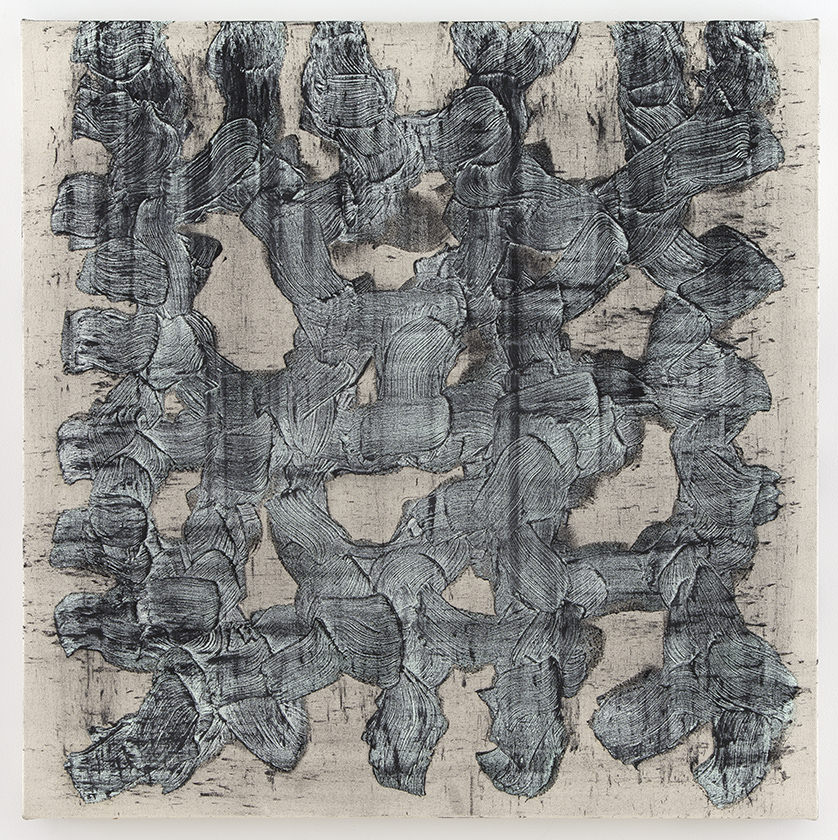
All of Nothing
WW: The Gagosian Gallery is making it’s Armory debut this year and will be showing Warhol. How involved were you in this?
ES: I asked Larry [Gagosian] if he would take part in the show because I very much wanted Andy Warhol to have a major presence in the section, just as he does in the art world and in my daily life. Larry was very quick to say yes, and I am thrilled that Andy will be front and center in the section.
WW: How does curating an art fair differ from a museum exhibit?
ES: It is completely different in that one has to imagine a set of discrete rooms in succession and in close proximity to one another situated in a fairly tight space. Most museums have larger galleries and areas in which to unfold a curated story, so the space was perhaps my biggest challenge, but at the same time, my biggest opportunity. We decided early on to install works throughout the fair to help break the monotony that one frequently encounters in navigating the heavily populated corridors. So, in the end, the physical space of the fair allowed for things that one might not be typically able to do in a museum environment. And of course, in this context, all of the work is for sale, whereas that is never (or rarely) the case in a museum exhibition. Warhol was very important in my thinking in this area, as he never saw a line between art and commerce. For him, they were one and the same.
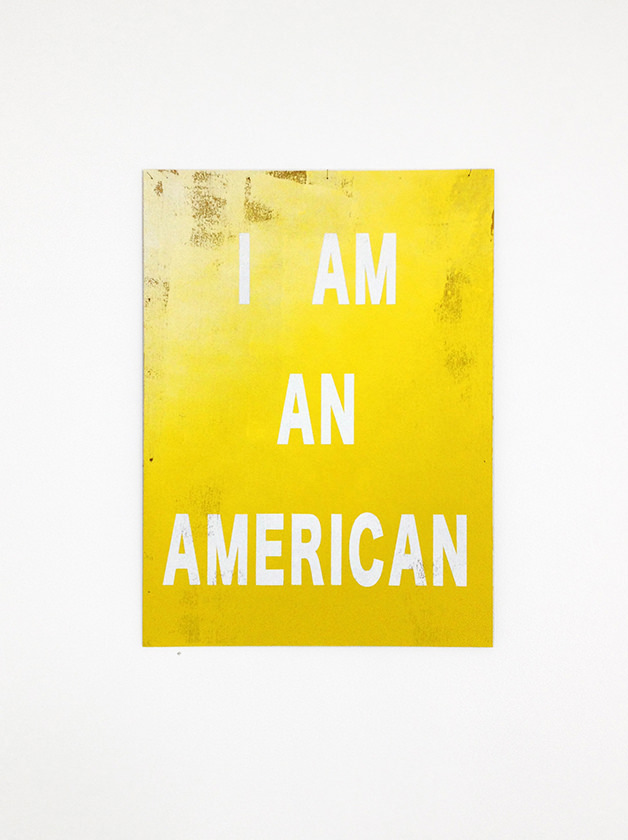
2011
WW: Were there cities outside of New York, Los Angeles, and Chicago that you wanted to make sure to represent?
ES: Yes, absolutely. I wish that I would have been able to include even more galleries and artists from around the country, but I was able to include several artists from off the so-called beaten track. I also wanted to make sure that Pittsburgh was well represented, as it is my hometown and a burgeoning center of contemporary art production in this country, so I think visitors will be pleasantly surprised to know that New York and Los Angeles are merely the poles of the art world in this country, and that a lot of important work is being made across the nation.
WW: “Regarding Warhol” at The Metropolitan Museum of Art was one of the most critically denounced exhibitions of last year. How have you dealt with it moving to the Warhol Museum? As Director have you made many changes?
ES: Before any of the reviews of “Regarding Warhol” at the Met emerged, we here at The Warhol already knew that we wanted to present the show in a different way in that we knew from the get go that we had much more space to play with then our New York City partner venue. As the press started to come out, we realized that we should also think about the thematic arrangements of the show as well. As we conceptualized the show here in Pittsburgh, I started to rethink the relationships between art works and how we could fold more Warhol works and archival materials into the mix to give the show an entirely different feel. As a result, we have been able to rethink the fantastic art work included in the show, and in many cases, created completely new juxtapositions between the works. I would strongly encourage critics and viewers to come and see the show here before it ends in April as I think they will be pleasantly surprised.
WW: 300 Warhol works are travelling to China this year, however the five Mao portraits had to be omitted. Do you think they will ever be allowed to show in China?
ES: Yes, absolutely. One day they will definitely make their official debut in China. I think it’s also very important to note that they are already there in several private collections, and perhaps even more importantly, in shops and vendors stalls all across the country in the form of fakes made for the tourist market. I think Warhol would be especially thrilled with that notion, that his work is still being “produced” more than 25 years after his death.
WW: What are your hopes for the Warhol Museum in the coming years?
ES: It is a very exciting time for the museum and I am thrilled to be a part of our most amazing team. Simply stated, I want the museum to be financially secure so that it can survive forever and to make sure that we continue on with our core value of giving voice to those that otherwise don’t have it while working to make the anomalies of society the paradigm. And of course have fun along the way!
Eric Shiner received a Bachelor of Philosophy in The History of Art & Architecture and Japanese Language & Literature from The University of Pittsburgh’s Honors College in 1994. Following that he studied an M.A. in The History of Art at Osaka University in 2001, and another M.A. in The History of Art from Yale in 2003. He joined The Andy Warhol Museum as The Milton Fine Curator of Art in 2008.
Since his appointment to Director in 2011, Shiner has organized and curated three major exhibitions; Factory Direct: Pittsburgh, Deborah Kass: Before and Happily Ever After and the 2011 Pittsburgh Biennial. He is an active writer and translator, a contributing editor for ArtAsiaPacific magazine, and an adjunct professor of art history at The University of Pittsburgh.





